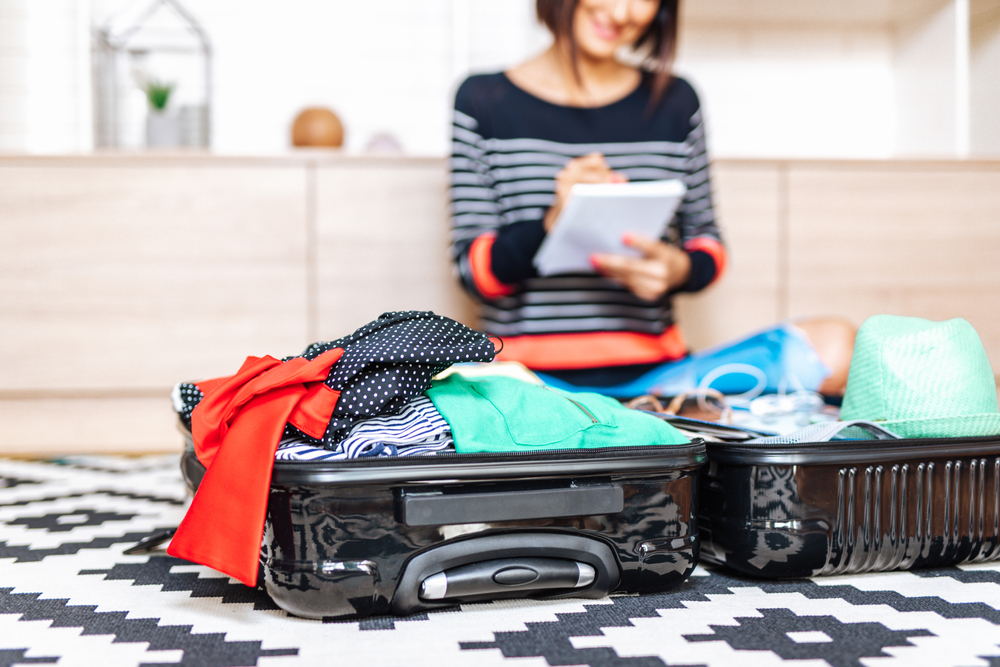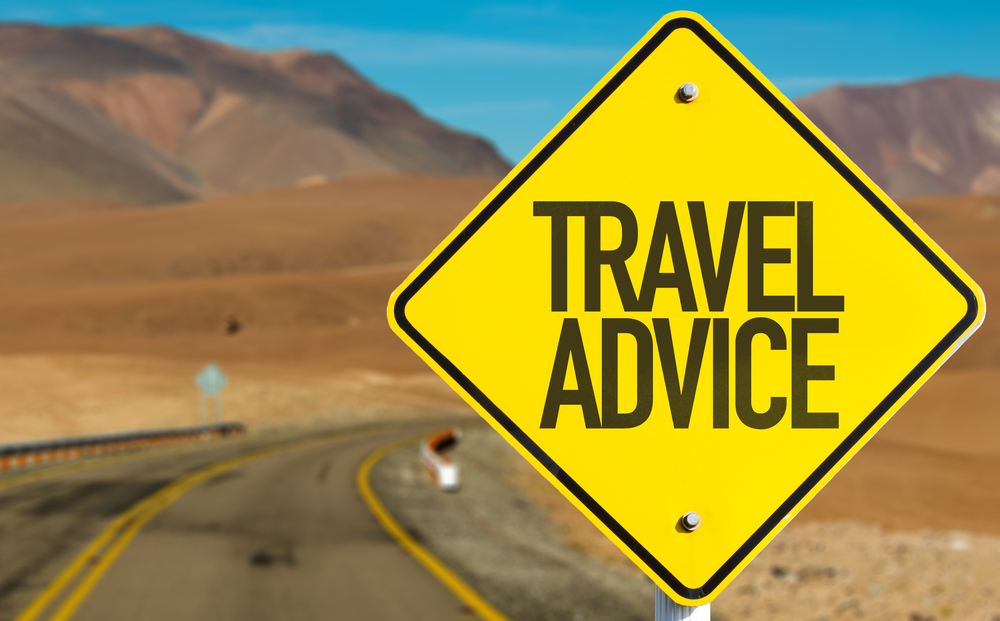The hustle and bustle of work life often steals the opportunity of travel from a working professional. While many weekends also get spent in fulfilling the dissatisfied client’s demands, how does an executive get time for themselves? But who says you always need to travel to unwind? If you are a working professional and want to relax when travelling isn’t an option, here are 5 ways in which you can do that:
1. Go out into your natural surroundings: Whether you are working from home or the office, sitting in front of the desk in a closed room can feel very claustrophobic. When travel isn’t an option, you can always go and explore your surroundings. This will get you in touch with nature and being in greenery will also reduce stress levels. It could be something as simple as a walk in the park or an elaborate Sunday picnic in an open area.
2. Staycations for the win: You don’t need to travel to go on a vacation, juts go on a staycation. A staycation provides a change of environment and a taste of luxury and relaxation in one’s own hometown. While at a hotel you can make full use of their services like the scrumptious buffet, soothing spa or gym to keep you active.
3. Explore the local wonders: People often think that they need to travel far and wide to see wonders but forget that a glorious vacation is right outside their door. Every city has its own charm. Explore the local areas, the hidden gems and sightseeing places to unwind.
4. Organise a virtual party: If the Covid-19 lockdown has taught us one thing, it is that you can party while being at your home. When stressed, just organize a virtual party with your friends. You all can dress up, arrange food and also get creative by using virtual happy hour games on the party app. Fun times!
5. Spend time in giving back to the community: Professionals and executives can relax by taking out some time to give back to the society. Now, it might sound like work but there is nothing more peaceful and calming than giving back to a charitable organization or non-profit organization. In any case, you will feel accomplished and this makes work rewarding and refreshing.



